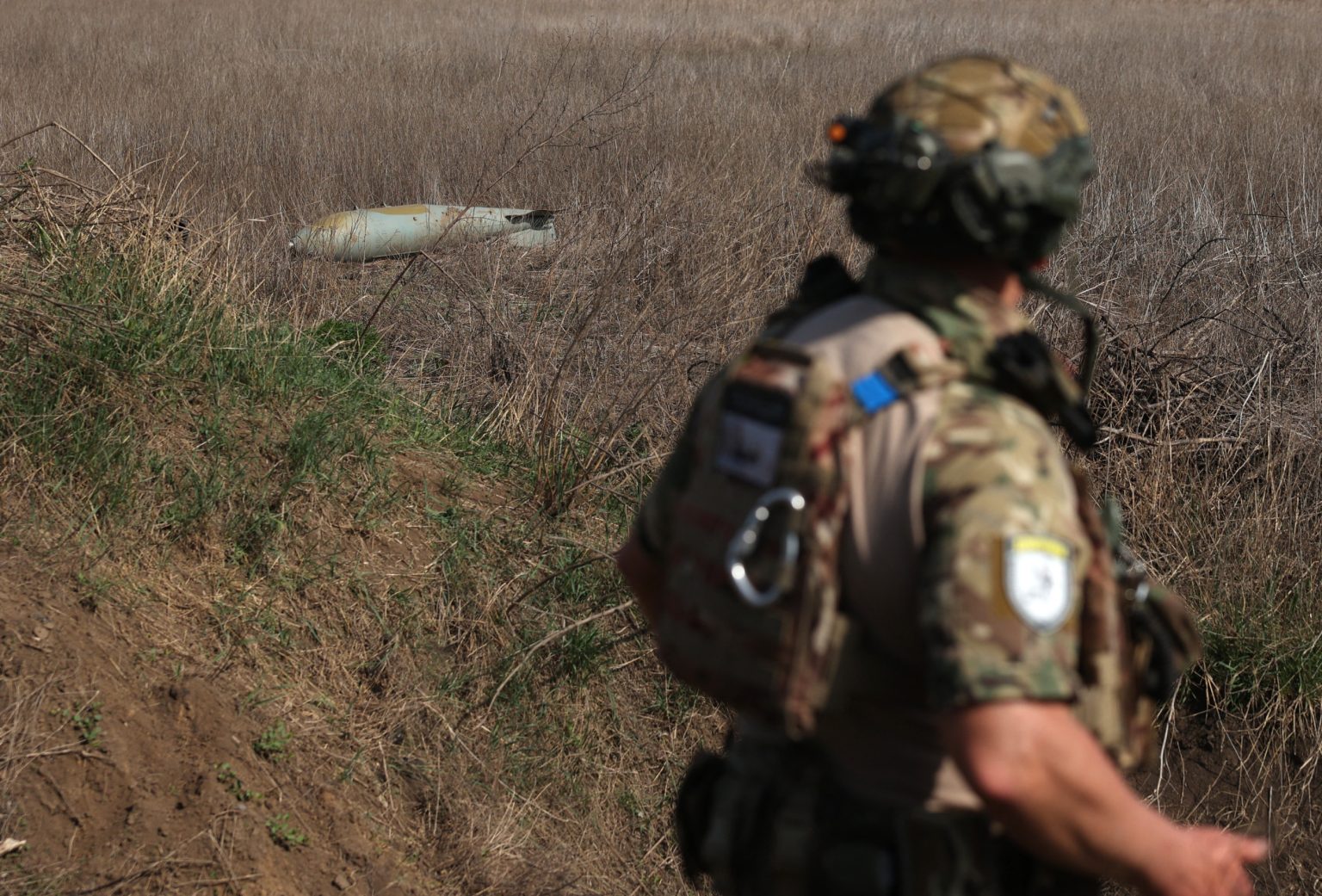As the conflict in Ukraine intensifies, Russia has been increasingly using glide bombs, which are precision-guided munitions attached to Soviet-era unguided high-explosive bombs. These weapons have played a significant role in Russia’s recent territorial gains in eastern Ukraine by improving accuracy and range compared to traditional bombs. Glide bombs are equipped with wings and guidance systems, allowing them to glide towards their targets instead of relying solely on a ballistic trajectory.
During a surprise offensive in eastern Ukraine, near Kharkiv, Russia has been extensively deploying glide bombs to shell villages and target Ukrainian forces. These weapons, in conjunction with artillery fire and drones, pose a serious threat to Ukrainian air defense systems. George Barros, a Russia team lead at the Institute for the Study of War, noted that Ukraine’s air defense systems are unable to intercept glide bombs once they have been launched, allowing Russia to strike targets like Kharkiv City without entering Ukrainian airspace.
The principle behind glide bombs is relatively simple: after being released from an aircraft, their wings deploy and guidance system kicks in, enabling them to navigate towards their intended targets. The guidance system can utilize various technologies like inertial navigation, satellite navigation, or laser guidance to continuously adjust the bomb’s trajectory for accuracy. Despite their effectiveness, there have been instances where glide bombs have failed to detonate when targeting occupied towns.
Russia has been extensively using two primary types of glide bombs in Ukraine: the FAB-500 with a range of up to 30 kilometers and the FAB-1500 capable of striking targets 50 kilometers away. These weapons provide Russian aircraft like the Su-34 and Su-35 fighter-bombers with the advantage of staying out of range of Ukrainian air defenses, such as Patriot missile batteries. While glide bombs offer precision and strategic value in targeting fortified positions, there are efforts to develop countermeasures to neutralize their threat.
Countermeasures against glide bombs in Ukraine involve deploying advanced air defense systems capable of intercepting these weapons before they reach their targets. Additionally, there are ongoing efforts to disrupt the guidance systems of glide bombs to reduce their accuracy and effectiveness. As Russia continues to rely on glide bombs in its military operations, it is imperative for Ukraine and its allies to develop effective strategies to mitigate the threat posed by these precision-guided munitions.


